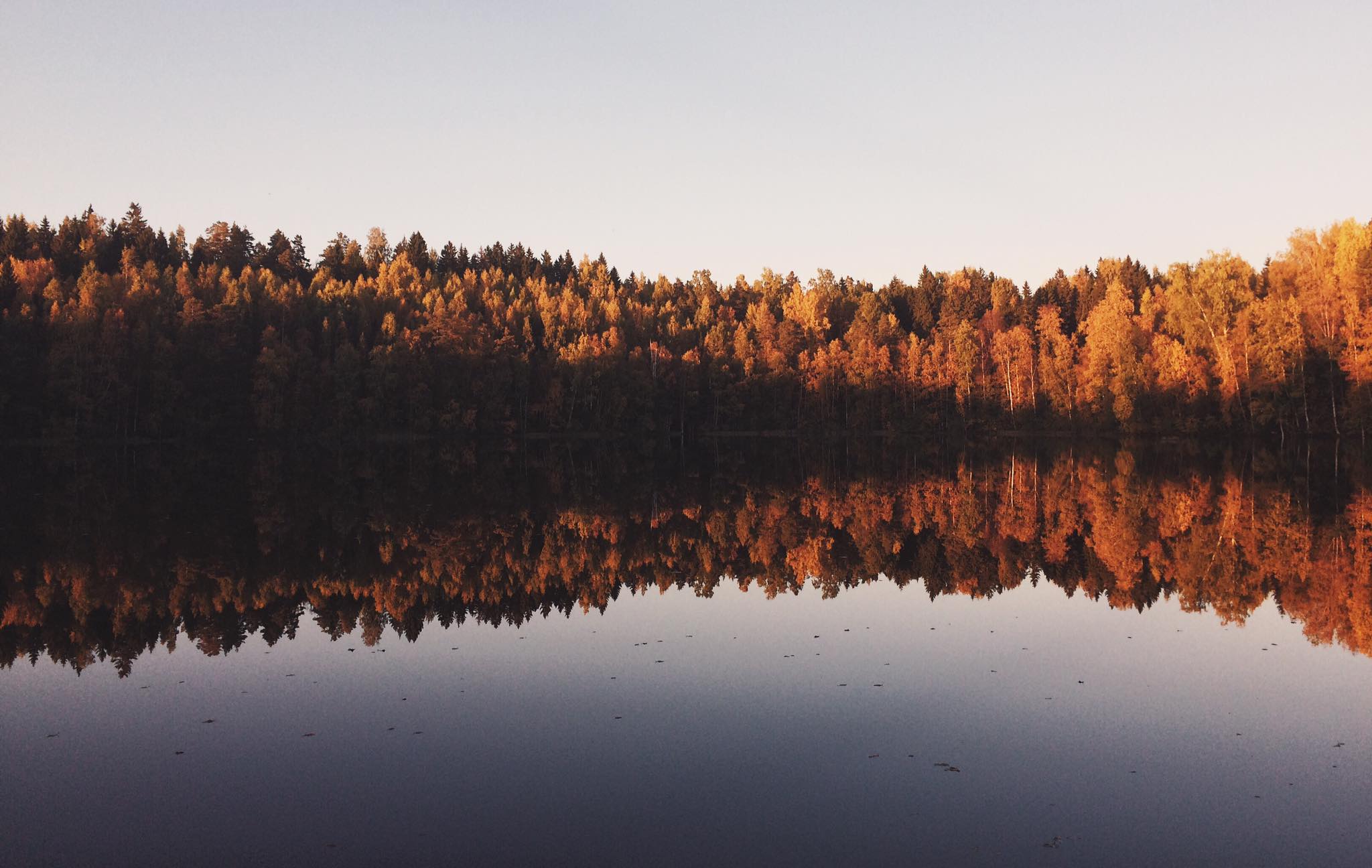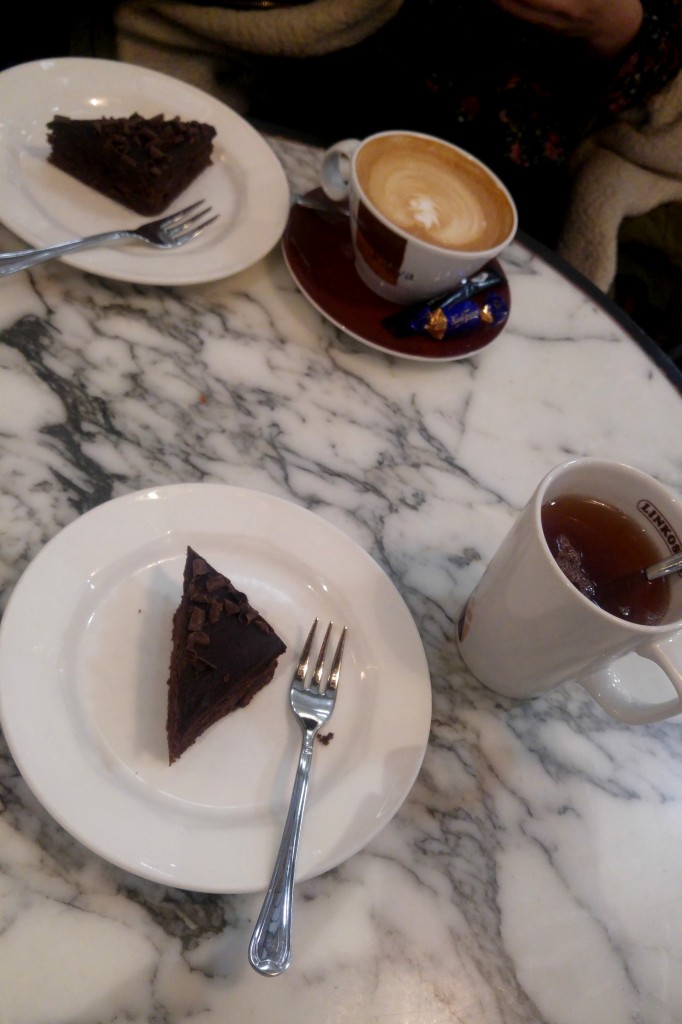Our 5th meeting was on 7th of November and we met at cafe Siilinkari in Hämeenkatu. It was quiet when we went there which was perfect for the meeting. Our first meeting was at cafe Puisto with its delicious cakes and pastries but Siilinkari had really good cake too. My choice for the evening was some green tea and a ‘mokkapala’ which is a coffee flavoured chocolate cake, kind of like a brownie.
We discussed some Finnish and Dutch holidays and traditions. While many of the Finnish holidays don’t have much other traditions but drinking alcohol, the Dutch holidays seemed to be a lot more traditional and there are many holidays in a year that kids are excited about.
King’s Day
King’s day is celebrated on the 27th of April and it’s a national holiday in the Netherlands. The date marks the birthday of the king. On King’s Day there are a lot of flea markets where people are selling their used items. There are also many big festivities like concerts and other outdoor events. On King’s Day people usually wear orange clothes and there are orange pastries and drinks and so on.
Liberation Day
Liberation Day is celebrated annually on the 5th of May. Liberation Day marks the end of the German occupation during World War II. On Liberation Day there are celebrations like parades and music festivals all around the Netherlands. It is a national holiday but it is a paid holiday only every 5th year.
Sint Maarten’s Day
Sint Maarten’s Day is celebrated every year on 11th of November. In the evening children go from door to door with self-made lanterns. They sing songs and receive candy in return. I had actually heard something about this tradition back when I was around 12 years old and I used to study German. It seemed to be quite similar with the German tradition. Sint Maarten’s Day is also similar to a Finnish tradition in the Palm Sunday when children dress up as witches and from door to door wishing good health with self-decorated osiers.
Sinterklaas
The festivities begin in mid-November when Sinterklaas arrives to the Netherlands. Sinterklaas arrives from Spain with a ship filled with presents to the children. Sinterklaas travels around the country and visits public places like schools and shopping centers. In the evening children put their shoes in front of the fire place with a carrot (for Sinterklaas’ horse) and sing a song so that Sinterklaas knows where to come. In the morning they will find candy and presents in their shoes. Common treats are small cookies called ‘pepernoten’ and chocolate letters. The children are told that bad children who don’t behave well are taken to Spain in a sack. The main event during Sinterklaas’ stay in the Netherlands takes place on 5th of December. On that day everyone receives presents. When children get older and no longer believe in Sinterklaas the tradition is that family members give each other presents in a similar way as in “Secret Santa”. Presents are packed in funny or unusual ways and given with a personal note that is often a humorous poem.
New Year’s Eve
The New Year’s Eve celebrations are quite similar in the Netherlands as in Finland and all around the world. Some traditional things for a Dutch New Year’s Eve are ‘oliebollen’ which are traditional Dutch doughnuts with raisin and a bonfire that is made of Christmas trees.
It was really nice getting to know all the different holidays and traditions there are in the Netherlands. Especially King’s Day sounds really interesting because I like flea markets a lot, maybe I will visit Netherlands at the end of April some year!



Comments